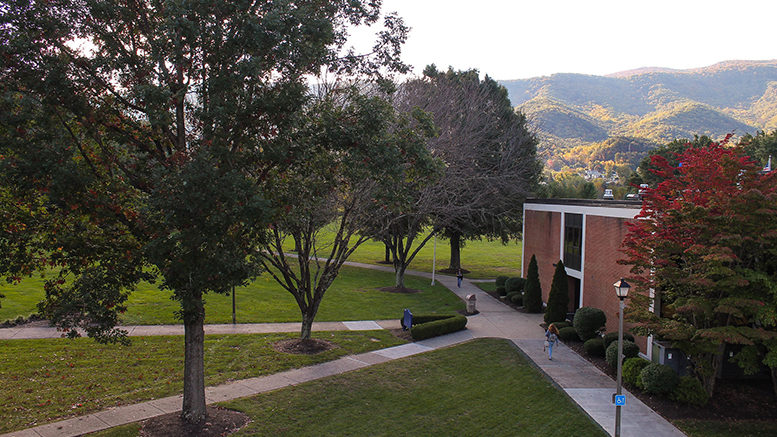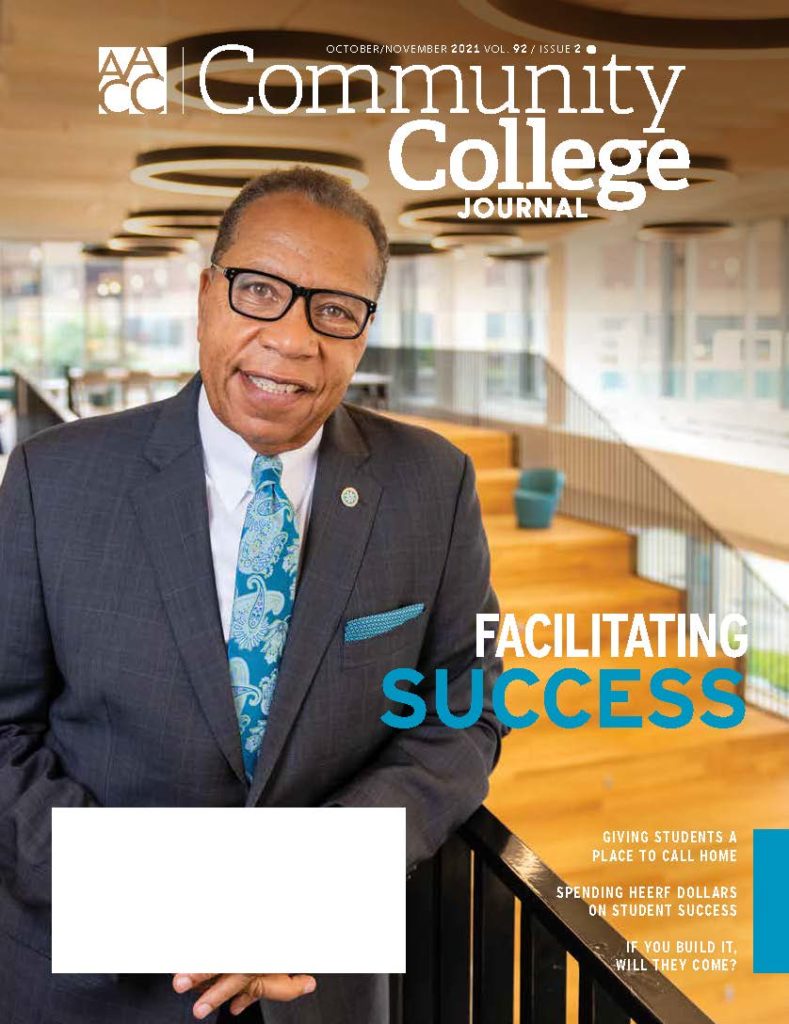Editor’s note: Dabney S. Lancaster Community College in Virginia announced this month that its new name will be Mountain Gateway Community College, after leaders learned more about the former state superintendent and university president’s views about segregation. Below, President John J. Rainone details the process taken to change his college’s name.

Community colleges require visionary leaders with the ability to assess needs, formulate strategic plans and implement actions that best achieve results that align with those plans. For the institution to move forward, the president must remain aware of the uniqueness of the area served by the institution and continually judge what is best for the community, as the environment is far more transparent than the ones in which other leaders operate.
Changes, even small ones, tend to bring fear of the unknown. Historically, higher education has been notoriously hard to change, but when adjustments are needed, the president must create a vision that is formulated after actively listening and involving students, faculty, staff and administration in the direction-setting. All steps must be taken to ensure that everyone feels included and that their voices are heard.
This article comes from the current issue of the Community College Journal, the two-year college sector’s go-to publication since 1930, when the American Association of Community Colleges first published the magazine.
William Shakespeare wrote, “What’s in a name?” When it refers to the name of a college that must be changed to something that thousands of people agree with, the answer is “a great deal.” In the summer of 2020, the State Board for Community Colleges in Virginia approved a resolution to “review the appropriateness (of the names of) all colleges, campuses and facilities” at all 23 community colleges in the Commonwealth.
State resolution
This decision is in line with a trend at colleges and universities to address the need for creating greater awareness and taking meaningful steps to ensure diversity, equity and inclusion for racial equity. In updating its college-naming policy, the state board agreed that college, campus and facility names should “reflect the values of inclusive and accessible education articulated in the VCCS mission statement, with special emphasis on diversity, equity, and opportunity, and be relevant to the students it seeks to serve and to the geography of its service region.”
My fellow presidents and I developed task forces and continued our work through March 2021 and determined that a number of colleges had buildings that would be appropriate to change, while five college names (including my college) would require review. As a president of a small rural college in southwest Virginia, I understood that a discussion of changing a college name would bring multiple opinions to the table from employees, students, alumni and the community. Our college has been very successful over its long history; in fact, in March 2022, we will proudly celebrate 60 years. However, the question we were challenged to ask ourselves was whether or not our college’s name reflected our mission of inclusiveness and respect for diverse backgrounds.
In March 2021, our local board recommended keeping the name of Dabney S. Lancaster Community College, based on research conducted on this individual. As a very hands-on president, I chose to serve on a small research team that gathered information on this local educator who served as a Virginia state superintendent of schools as well as president of Longwood University. After having presented our recommendation to the state board, we were asked to reconsider. Further study revealed additional information on the namesake that led the local board to conclude that the name should be changed due to the perception that Dabney Stuart Lancaster supported segregation. In July 2021, the state board approved the recommendation and steps were immediately taken to begin the task of changing the name of the college.
Community input
Because of the nature of this change, it was important that all voices were heard as we worked toward a solution. A college community survey was administered to alumni, employees, students, community members and donors. More than 300 people participated and generated over 430 possible names. In addition, the survey asked for anyone who would like to be considered to serve on the Renaming Task Force. More than 70 individuals volunteered and from these names 25 individuals were selected and the Renaming Task Force was formed.
I facilitated the work of the group and 437 name recommendations and comments from stakeholders were reviewed. The goal was to evaluate possible names and determine no more than five for the community to rank through a second survey.
The Renaming Task Force’s goal was to have a name that is inclusive in the broadest sense of the term; instill a unifying sense of pride across the organization; maintain the timeless relevance befitting our high-quality, high-value postsecondary educational institution; and not be derived from an individual’s name. Finding a new name is a challenge, but comments made on the first survey reminded us of the importance of our institution. The college is a place that changes lives of individuals every day. It prepares workers with skills that businesses and industries need in today’s global market and competitive environment, and it welcomes individuals of all backgrounds, interests and goals.
Ultimately, community input is important to make most changes, but is critical for a community college with a long history of community support that is faced with a daunting challenge to change its name. There will be those who feel that changing the name will somehow change the college. It is up to us to stress that what we do each and every day will not change. Our focus on community and on our students remains the same.
Changing the name of a college is no small thing. It requires much thought, preparation and guidance to take constituents through the process. In the case of our college, the result will be one that more accurately reflects what we are and who we are — a place for all individuals to learn, grow and thrive.
It is expected the college and local board will recommend a new name to the state board this fall which will take effect in July 2022. (Editor’s note: The college announced its new name on October 18. Pending approval from the state board in November, the college will transition to the new name on July 1, 2022.)
Lessons learned
• Set the vision. While you will not have consensus as each step is taken, it is important to have a clear understanding of what must be accomplished within a specific time frame.
• Never let your own opinion get in the way of the process of change. Explain the rationale and utilize your team to move the change forward while actively listening and respecting all comments.
• Involve your constituent groups. Even though a great deal of disappointment and anger may exist around the name change, reinforce the need for a change, help everyone be as positive as possible, and focus on how a new name can help move the college forward and re-energize efforts to best help those we are expected to serve.






